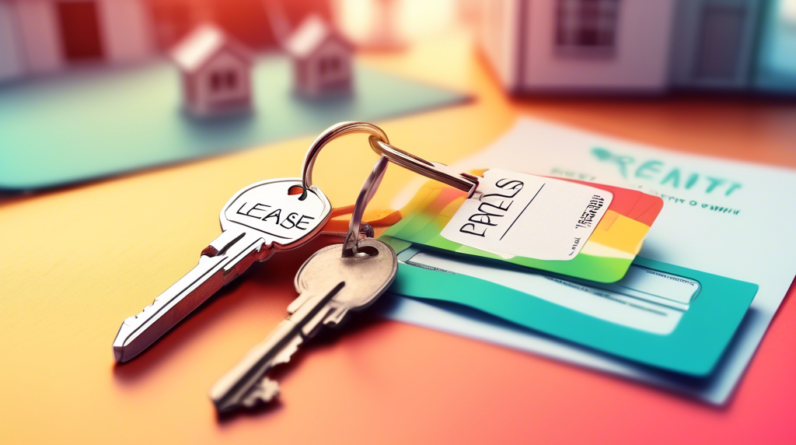
Navigating the world of rent-to-own homes can feel like traversing
uncharted territory, especially when it comes to maintenance and repair
responsibilities. Unlike traditional renting, where the landlord typically
shoulders most repair burdens, rent-to-own (RTO) agreements often blur the
lines. This ambiguity can lead to confusion, disputes, and even financial
strain if not properly understood from the outset.
Understanding Rent-to-Own Agreements
A rent-to-own agreement is a unique contract that blends renting and homeownership.
It provides a pathway for aspiring homeowners to eventually purchase the
property they’re renting. However, the specific terms regarding maintenance
and repairs vary significantly depending on the agreement’s structure, which
can take two primary forms:
1. Lease-Option Agreement
In a lease-option agreement, you lease the property with the option to
purchase it at a predetermined price within a specific timeframe. During the
lease period, you’re primarily considered a tenant. The landlord usually
retains responsibility for major repairs, similar to a standard lease.
2. Land Contract (Contract for Deed)
Under a land contract, you make payments to the seller, who retains the legal
title until the agreed-upon price is paid in full. Unlike a lease-option,
you’re treated more like a homeowner from the start, often assuming greater
responsibility for repairs and maintenance, even though you don’t yet hold
the title.
Delving into Repair Responsibilities
While the specific division of responsibilities depends on your agreement,
let’s explore some common repair scenarios and who’s typically responsible in
both lease-option and land contract scenarios:
1. Major Repairs
-
Structural issues: Foundation problems, roof leaks, major
plumbing or electrical issues are typically the landlord’s responsibility
in lease-option agreements. In land contracts, the responsibility might
fall on you, so carefully review your contract. -
Appliance malfunctions: If the home came with appliances,
their major repairs (e.g., a broken refrigerator compressor) might be
the landlord’s duty in lease-options. This might also be the case in
land contracts, but it’s crucial to have a clear agreement. -
Heating and cooling system: Major repairs to the HVAC system
are typically the landlord’s domain in lease-options. In land contracts,
this responsibility could fall on your shoulders, so factor potential
costs into your budget.
2. Minor Repairs
-
Cosmetic touch-ups: Minor paint touch-ups, patching small
holes in walls are often the tenant-buyer’s responsibility in both
lease-option and land contracts. -
Dripping faucets, running toilets: These minor plumbing
fixes are generally considered the tenant-buyer’s responsibility,
regardless of the agreement type. -
Clogged drains: Unless caused by a major plumbing issue,
unclogging drains is often your responsibility. -
Yard maintenance: Mowing the lawn, weeding, and general
yard upkeep are usually the tenant-buyer’s responsibility in both
lease-option and land contracts.
Navigating Maintenance and Repair Issues
To prevent misunderstandings and potential disputes, keep these points in mind:
1. Read and Understand Your Agreement
This cannot be stressed enough. Scrutinize every clause pertaining to
maintenance and repairs in your rent-to-own agreement. If something is unclear,
seek clarification from your attorney or a real estate professional.
2. Communicate Clearly and Promptly
Whether you’re facing a minor leak or a major electrical issue, promptly
inform the other party (landlord or seller). Document all communication,
including repair requests, responses, and dates.
3. Consider Home Warranty Coverage
A home warranty can provide financial protection for unexpected repairs,
especially in land contracts where you bear more responsibility. Explore
different warranty options and consider their cost-benefit for your
situation.
4. Budget for Potential Repairs
Remember, even with a landlord sharing some responsibility, unexpected
repairs can arise. Establish an emergency fund specifically for home
maintenance and repairs to avoid financial strain.
The Bottom Line
Understanding your maintenance and repair responsibilities is crucial when
entering a rent-to-own agreement. By thoroughly understanding your contract,
communicating effectively, and planning for potential expenses, you can
navigate these aspects with greater confidence and work towards achieving
your homeownership dreams.







